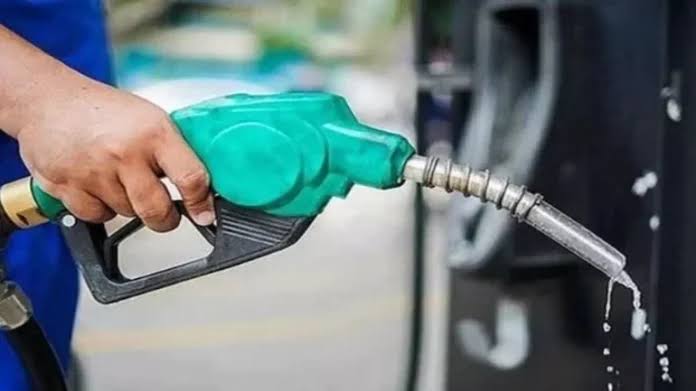The Nigerian Midstream and Downstream Petroleum Regulatory Authority (NMDPRA) has disclosed a marked decline in the country’s fuel consumption for June 2025, with total fuel evacuation recorded at 1.44 billion litres.
The figure, contained in a statement by the NMDPRA’s director of public affairs, George Ene-Ita, represents a 16.42 per cent drop from May’s total supply of 1.77 billion litres — a shortfall of over 290 million litres.
According to the Authority, daily fuel consumption in June averaged 48 million litres, contrary to earlier reports suggesting a lower average of 38.94 million litres. Ene-Ita explained that the daily average was derived by dividing the total monthly evacuation volume — precisely 1,440,768,129 litres — by the 30 days in the month under review.
The report provided a detailed analysis of the supply and distribution trends across major petroleum products.
Automobile Gas Oil (AGO), commonly known as diesel, recorded a marginal 1.73 per cent increase in supply to 432.18 million litres in June, up from 424.83 million litres in May. However, diesel truck-outs fell sharply by 23.23 per cent, declining from 552.35 million litres in May to 424.06 million litres in June.
Household Kerosene (HHK) saw supply and distribution contract by 13 per cent, dropping from nearly nine million litres in May to 7.79 million litres in June.
Automotive Gasoline (PMS) , the most widely used petroleum product experienced the steepest decline in supply, plunging by almost 48 per cent from 72.36 million litres in May to 37.66 million litres in June. Distribution also fell by 16.54 per cent over the same period.
The NMDPRA report further highlighted fuel truck-out volumes by state. Lagos received the highest allocation at 205.66 million litres, followed by Ogun with 88.69 million litres, the Federal Capital Territory (FCT) with 77.51 million litres, and Oyo State with 72.81 million litres.
The drop in both supply and distribution underscores persistent challenges within the petroleum midstream and downstream sectors, with potential implications for market stability, transportation costs, and economic activity.
Despite these challenges, the Authority assured that it would intensify collaboration with industry stakeholders to enhance distribution efficiency and safeguard uninterrupted nationwide supply of petroleum products.





